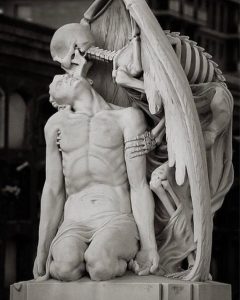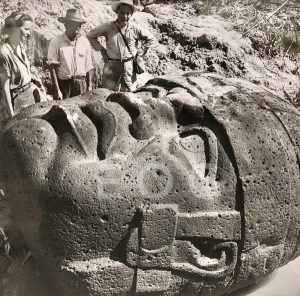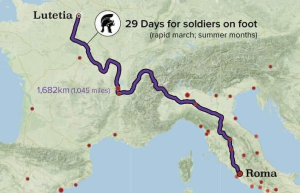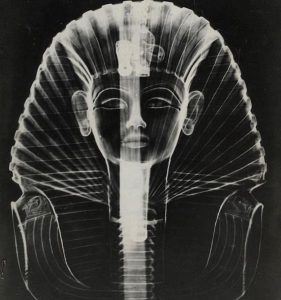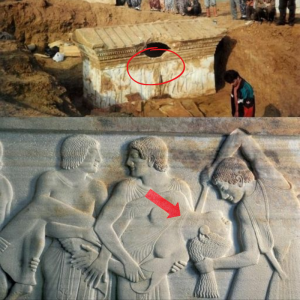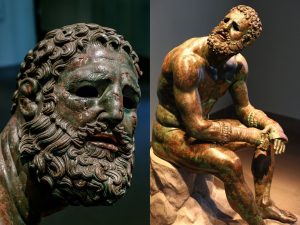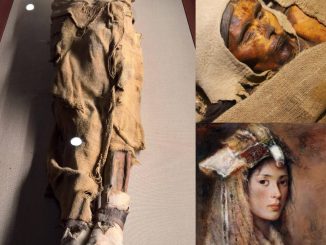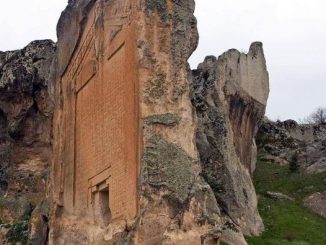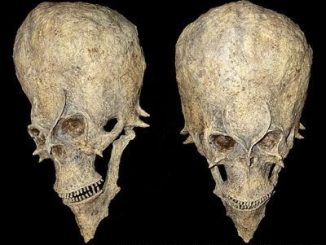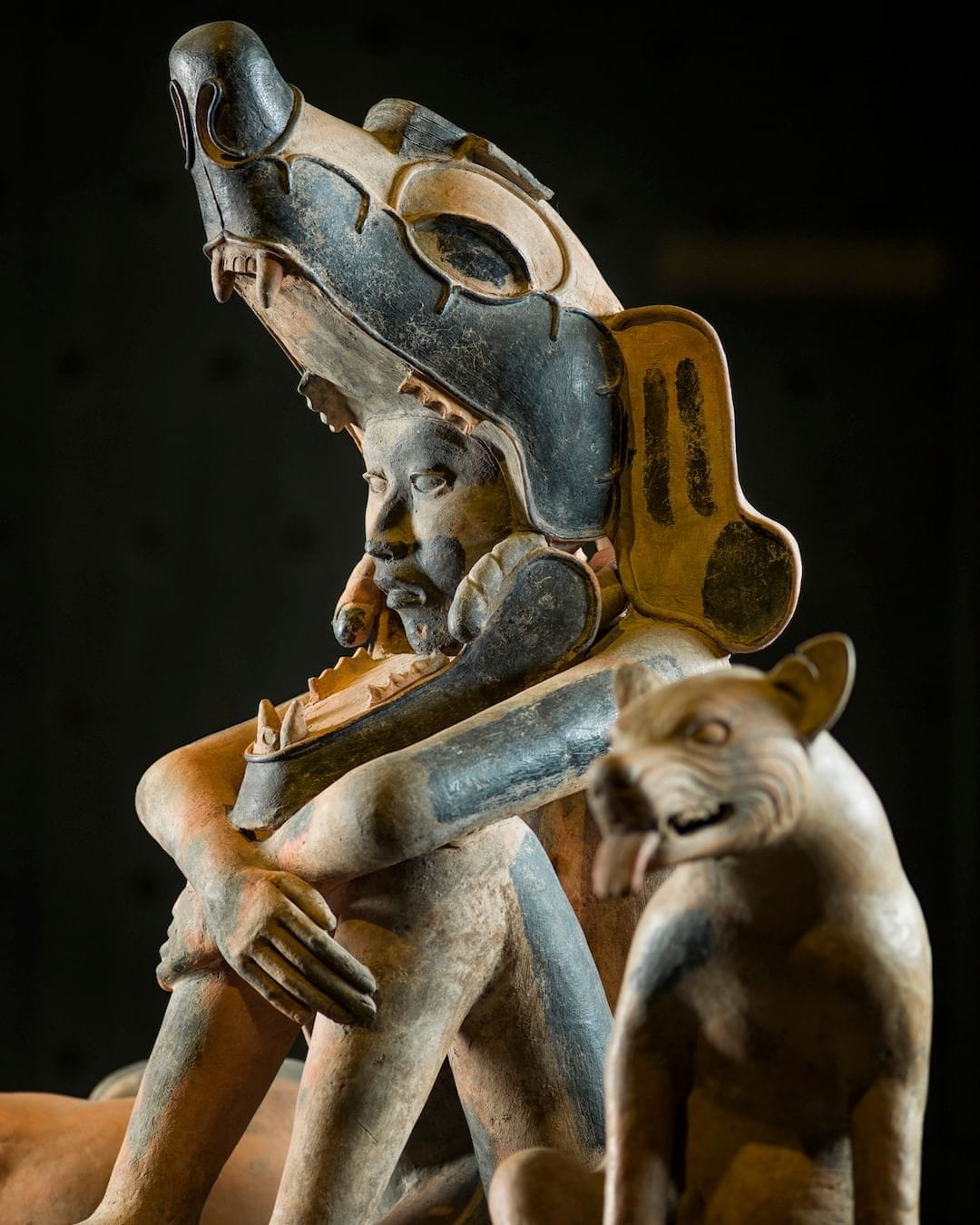
The seated man and the two dogs could represent a warrior and his comrades in arms. The man wears a full head mask depicting a (prairie) wolf. One of the military orders among the later Aztecs of the Mexican highlands used the coyote as an emblem, an appropriate symbol of the fierceness, endurance and agility of a good warrior. Perhaps this serene figure represents a captured warrior patiently awaiting his ritual sacrifice. The twisted rope that takes the place of his ear jewelry could indicate this
